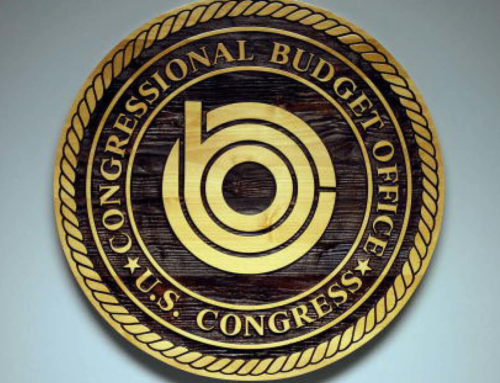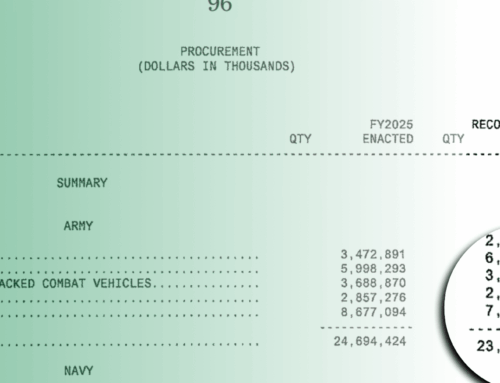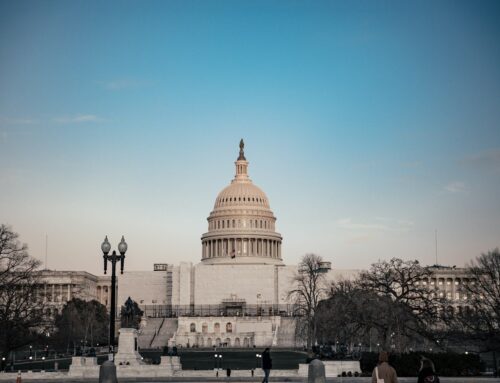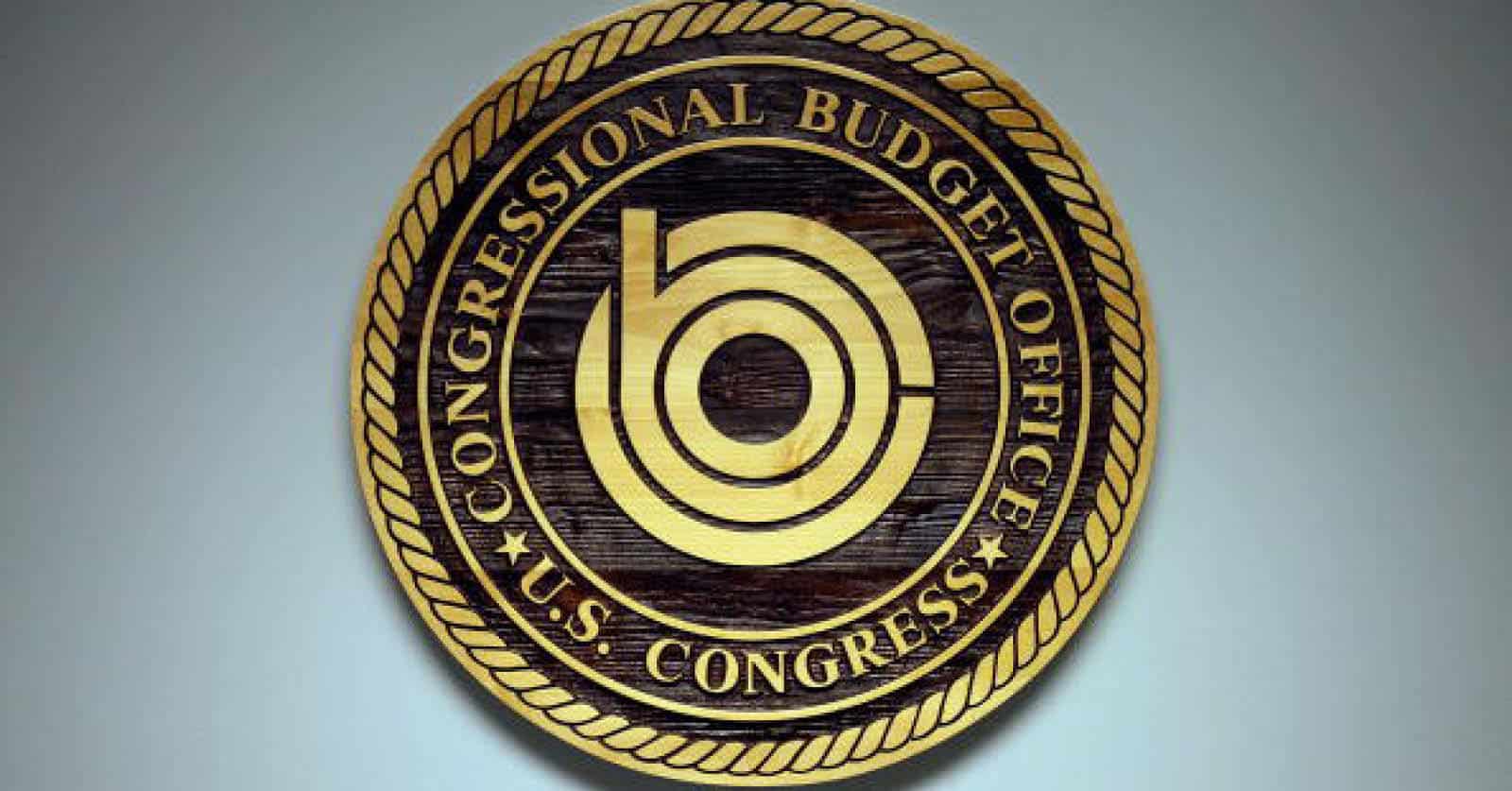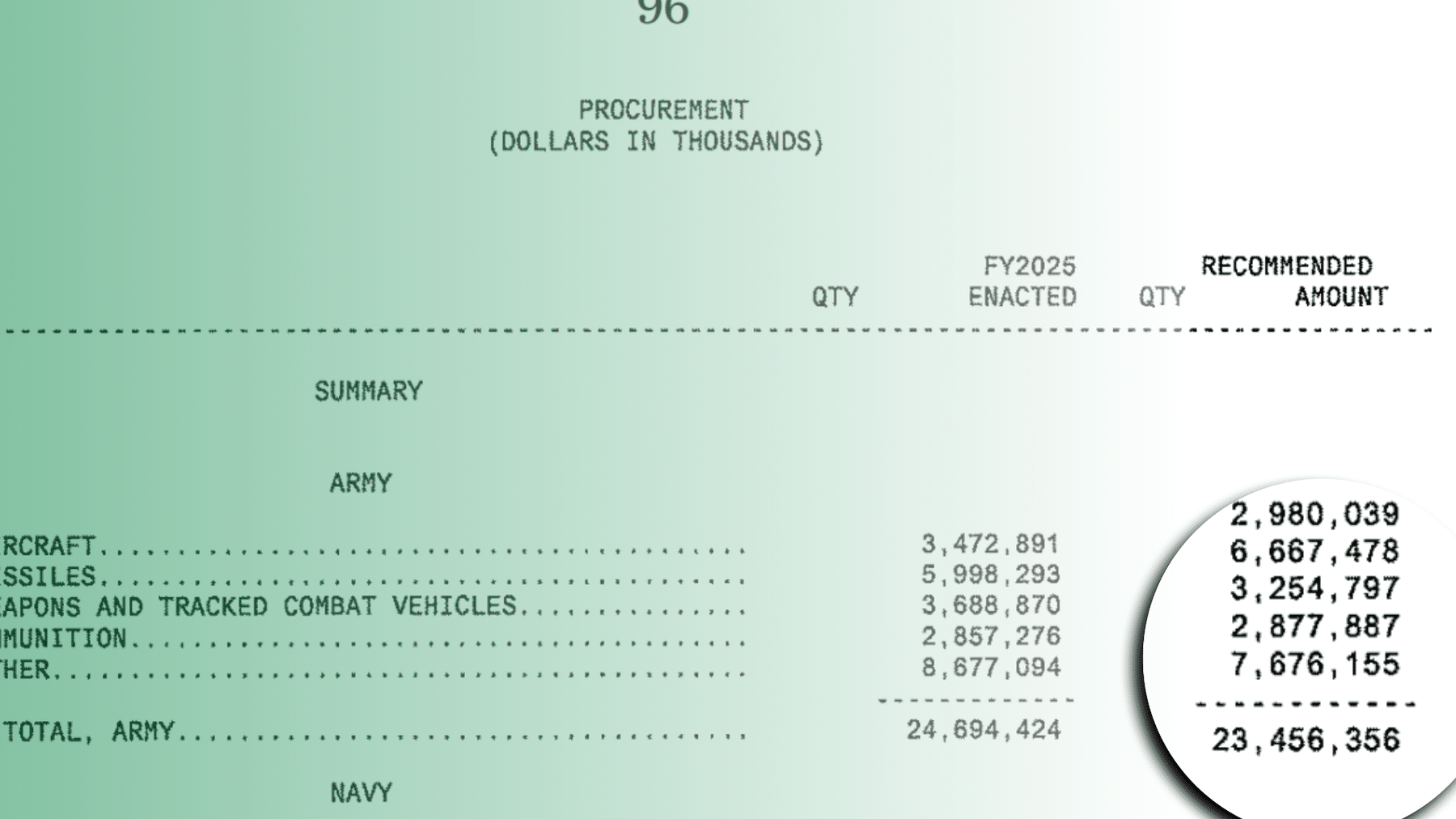States are struggling in the current recession, and unlike the federal government, most are required to balance their budgets. Consequently the House stimulus package includes a chunk of federal aid for state governments. Examples include picking up more of a state’s Medicaid tab, increased funding for state and local law enforcement, provisions for the federal government to bear a larger share of bridge and highway repairs and construction , and a new $79 billion pot of money for state and local governments called the State Fiscal Stabilization Fund. Additional provisions that are intended to create jobs and jump start parts of local economies could also indirectly help states’ bottom lines, according to proponents. In all, the National Governors Association estimates that $318 billion of the $825 billion stimulus bill is directed at state and local governments.
The balanced budget requirement presents states with tough choices in economic downturns, without all of the solutions available to the federal government. Requiring a balanced budget means states cannot borrow – i.e. deficit spend – to maintain their current levels of spending. This means that the only choices states have is to dip into so called “rainy day” funds, cut services – often leading to job losses, or raise taxes and fees, which is not exactly the best way to keep money in people’s pockets during tough times.
At the same time state budgets are shrinking, demands for services are increasing. As a result of the recession, Revenue streams for paying for those services shrink as income, sales, excise, and other tax receipts decline. State coffers have already emptied in many cases across the country, sending them into deep budget deficits. These include large and generally prosperous states such as New York and California that face deficits in the billions. Across the country nearly all states are projecting shortfalls for 2009. One projection puts the combined state deficit total at $350 billion over the next 30 months. Another analysis (p.2) by the Government Accountability Office, puts the cumulative deficit total over the next two years at $3121 billion.
To take one example of proposed aid to states, The Fiscal Stabilization Fund is primarily intended to fill holes in states’ elementary and secondary education budgets, with the idea that many schools across the country are facing staff and/or program cuts. There are also provisions for higher education that would help states avoid raising tuition or fees for in-state students. In addition to the oversight provisions in the broader stimulus legislation, Congress appears to have required reasonable accountability provisions in this section by requiring annual reports to the Secretary of Education. These include reporting on how the funds were used, how many jobs were retained or created, tax increases that were avoided, and the extent to which higher education fees and tuition changed over the time period of using the funds. The legislation also requires the Government Accountability Office to conduct evaluation of education grants to states – another good provision. One recommendation for additional oversight is to require that the Secretary conduct random audits of the state’s reported use of the funds to help identify and avert any potential waste, fraud or abuse.
Aside from the Fiscal Stabilization Fund oversight provisions, there appears to be a lot of flexibility in how schools spend other money provided in the bill on, for example, construction projects. The stimulus legislation would provide to states, over two years, $22 billion in construction bonds, as well as $400 million for Indian schools. While the legislation does specify that, “100 percent of the available project proceeds of such issue are to be used for the construction, rehabilitation, or repair of a public school facility or for the acquisition of land on which such a facility is to be constructed with part of the proceeds of such issue,” it does leave some holes. For example, renovating or expanding a school’s athletic fields could be considered an abuse of these funds in these economic times, though it appears such actions would be eligible. Congress should add to the school bonding section similar requirements to those in the Fiscal Stabilization Fund section.
More broadly, Congress must take steps to ensure that the massive spending dedicated to states in the stimulus package is targeted and will have the largest impact. Some have questioned the formula by which the additional Medicaid funds will be allocated. They fear that high unemployment states will be short-changed because, while their rates are high, the rate of increasing unemployment is not high. Under the formula they would not get as much money as states with lower unemployment rates but a higher rate of the increase in unemployment. This seems ill-conceived, ignoring those states with longer term problems.
Another portion of the Medicaid provisions make the newly unemployed eligible for Medicaid, regardless of their income. Congress should implement a means-test based waiting period where at some base level of income, those individuals and families above this level must wait for a period of time before becoming eligible for Medicaid. Or, some deductible could be set that they must exceed before receiving Medicaid.
As we have said elsewhere , we are optimistic that Congress will implement a number of important safeguards in the stimulus legislation to help ensure accountability. And the provisions within the Fiscal Stabilization Fund section are laudable as well. But there remain areas for improvement, where money could be saved and directed elsewhere as a better form of stimulus that should be considered before this legislation becomes law.

